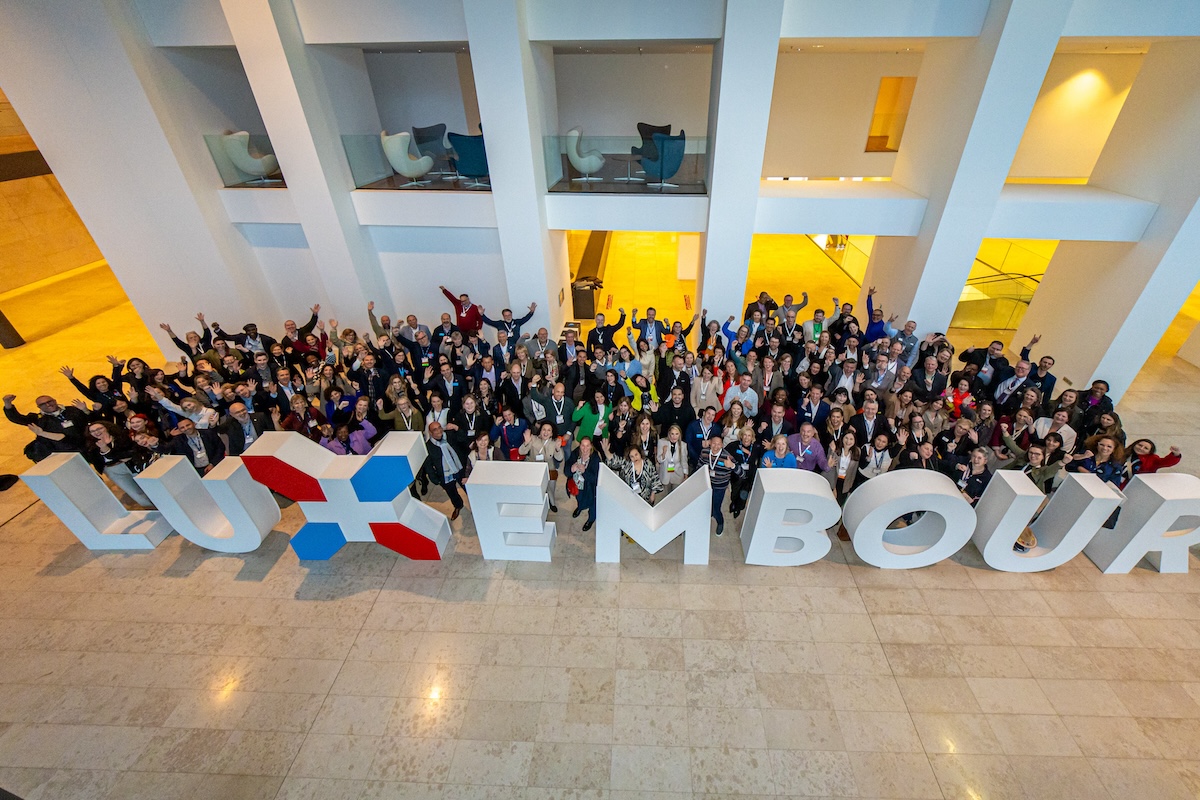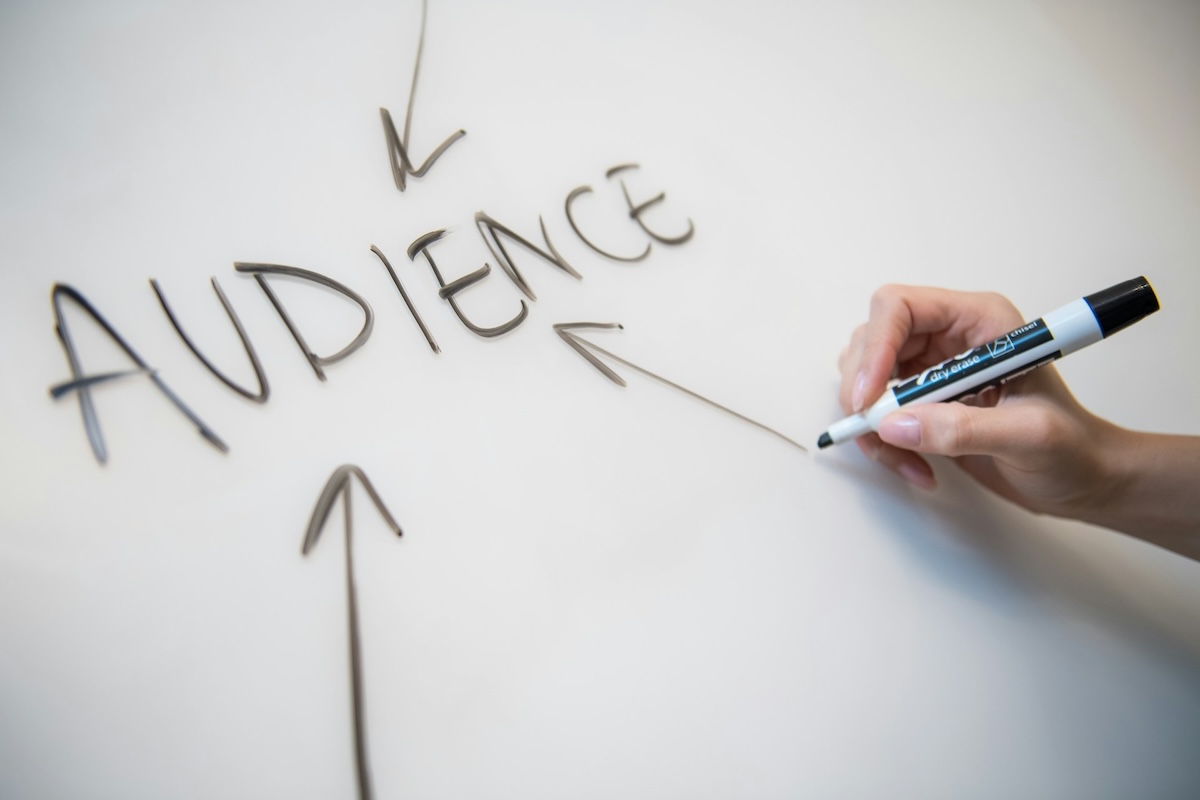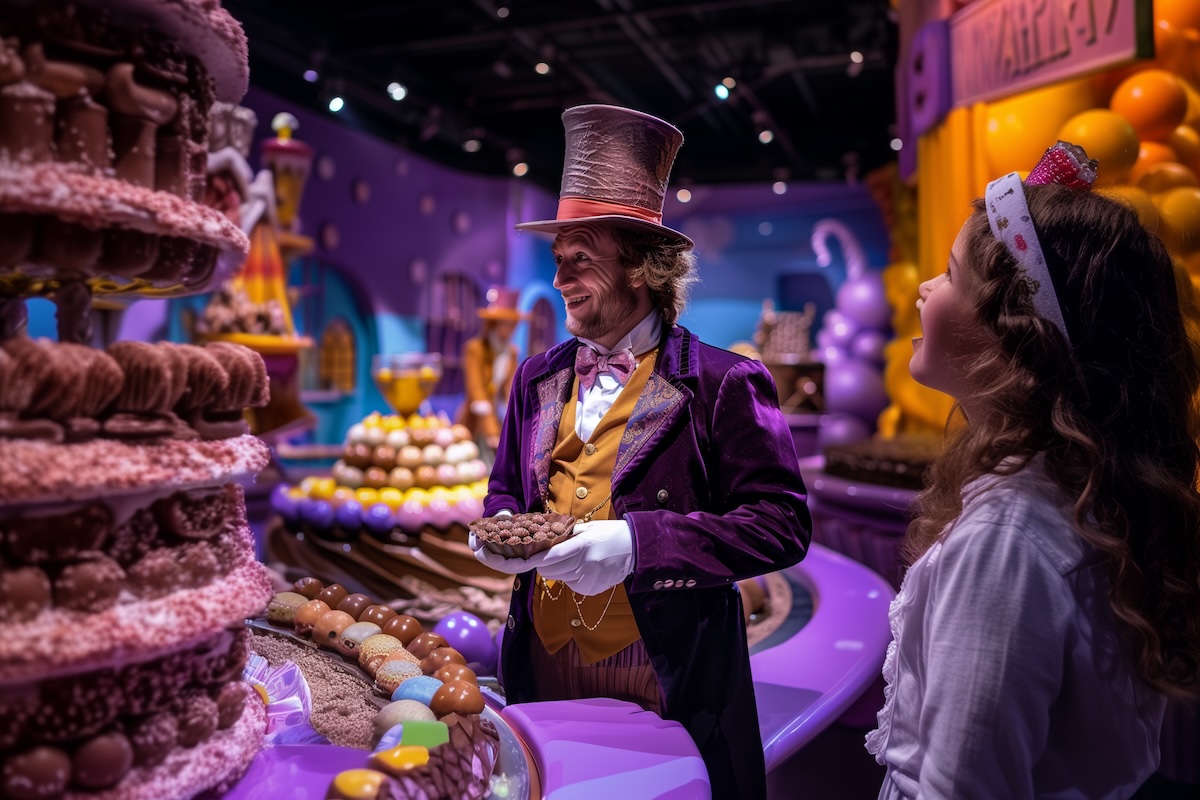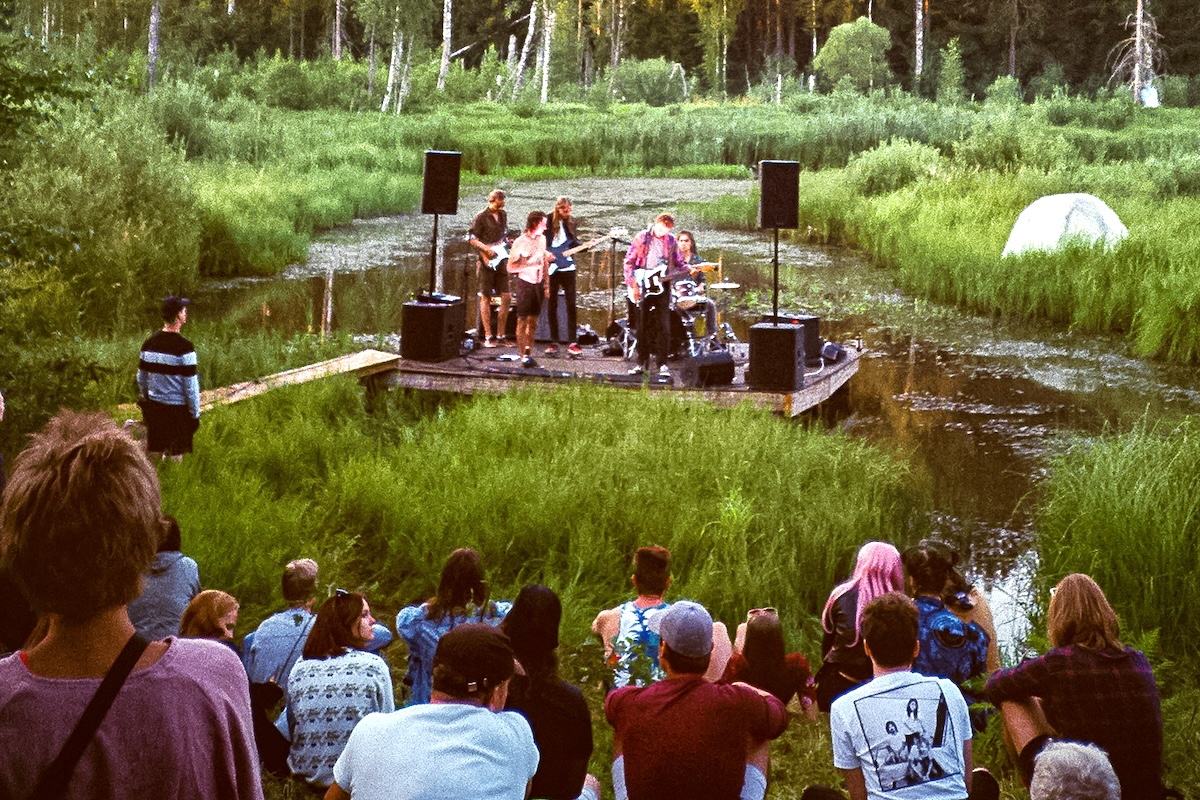Skift Take
From hands-on analog to cutting-edge digital, here are successful engagement ideas garnered from the show floor of the Experiential Marketing Summit that should be in every meeting professional’s toolbox.
The recent Experiential Marketing Summit (EMS) lived and breathed engagement, the engine behind impactful business-to-business events. The industry’s key players continuously seek innovative ways to deliver value through impactful, highly personalized experiences that their audiences want, and here are some of their favorite ideas from EMS 2023.
LEGO Forever
There’s something about playing with everyone’s favorite bricks that appeal to adults as well as kids. Whether it’s the satisfying tactile experience of manipulating the pieces or watching them morph into something unexpected, the joy is universal. When it comes to events, it can also be a cool way to build new connections and engagement.
EMS hosted a Brick Building Activation Challenge right on the show floor, where 24 participants were paired with each other to review a brief and work together to deliver a small-scale version of an activation for a “client” in under 30 minutes. The pressure was on as a multitude of loose bricks were dumped onto the table, but the surprising part came at the very end when with just a few minutes to go — the competitors started to help each other find the missing pieces to complete their designs.
LEGO sets comprising only six pieces were part of the “duck experiment” during the presentation on workstreams of the future by Andy Sexton, executive creative director for 2LK, and Megan Sutphin, director of proprietary events for Salesforce. Attendees had 30 seconds to build a duck, and no two were alike.
“The bricks are fixed, but you all innovated around them,” commented Sexton. The same goes for designing events around the client’s requirements and other constraints. The key to success? “Find the fixed, focus on the variables.”
Captive and Delighted Audience
Too often, content during events happens in designated spaces, which are only sometimes branded or sponsored. Arguably the most happening place on the show floor was Highmark Hub, a two-story anchor exhibit by the supplier of event structures that was also a theater that ran programming as part of the conference’s content. Attendees could grab a snack and find a place in front of the stage or at one of the tables inside the booth, which was particularly handy for working on a laptop. The space was packed throughout the day but especially during Lunch & Learn, and the audience walked away with the knowledge from the presentations and the appreciation of the brand that made their experience enjoyable.
From Phone to Mars
Blending physical and digital experiences is now a permanent part of the event marketing toolkit. Still, the latest tech advancements have raised attendee expectations even higher and offered marketers more room to play.
Kevin Calabrese, assistant vice president of brand design and head of experiential creative for AT&T, opened his presentation with a video of his avatar scoring in a virtual WNBA experience to illustrate the importance of highly personalized digital brand experiences.
“Fans want to feel part of the action whether inside the arena or streaming,” he said. The company used body scanners to create realistic digital avatars that can be dropped into various digital virtual environments, the practice Calabrese noted is becoming an industry staple. “We’re using it across multiple verticals, and it becomes a fun, memorable, sharable piece. People love it.”
At the booth of the brand experience agency Astound, attendees could scan a QR code with their phone and take a step through a virtual portal that opened in front of them right onto the surface of Mars. The seamless, immersive activation showcased the strong potential of Augmented Reality (AR) for in-person events.
“This is a fast-growing technology that has a tremendous amount of traction,” commented Abe Gottesman, director of client partnerships with Astound. His company already integrates similar digital experiences in brand activations, including product demonstrations, as well as to present 3D models of rendered environments during the planning stage.
“Brands are excited about these digital assets because they’re reusable and easily re-skinned, which makes them very versatile,” Gottesman said. Along with Virtual Reality (VR), also becoming a staple instrument, AR has finally made it accessible to take brand experiences and engagement into an entirely different dimension.





